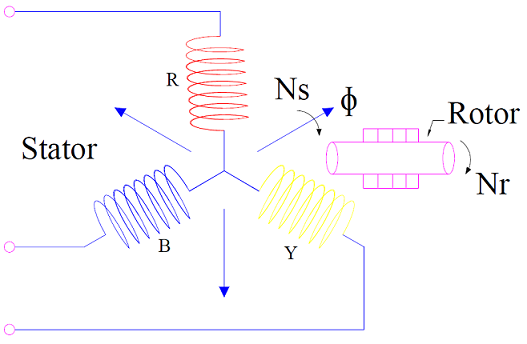MurphyGuy
It just needs a bigger hammer
- Joined
- May 20, 2020
- Messages
- 4,129
Anyone here ever parallel two older style portable 5000 watt generators?
I'm not even sure if it can be done as I've never tried it.
I should be able to wire a light bulb between the two to indicate phasing and flip a switch when the bulb goes off, but then I got to thinking that the older style generators, like the Coleman 6500 watt unit I have that runs with a Tecumseh engine, only has a single screw to adjust engine speed. Adjusting the governor screw affects both voltage and frequency.
I wonder if using two identical generator models, or close to it, could be made to work. Anyone ever try it?
Hey, its winter here in Michigan, I'm bored and need something to do.
I'm not even sure if it can be done as I've never tried it.
I should be able to wire a light bulb between the two to indicate phasing and flip a switch when the bulb goes off, but then I got to thinking that the older style generators, like the Coleman 6500 watt unit I have that runs with a Tecumseh engine, only has a single screw to adjust engine speed. Adjusting the governor screw affects both voltage and frequency.
I wonder if using two identical generator models, or close to it, could be made to work. Anyone ever try it?
Hey, its winter here in Michigan, I'm bored and need something to do.




